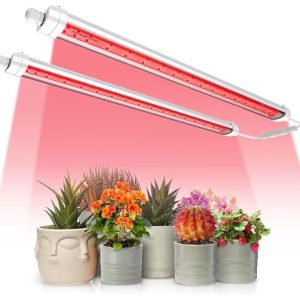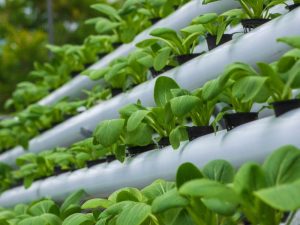You will see them again in the fall. The purple-blue froth of wild asters against the brown and green of dusty backroads and prairies, and salt marshes all over North America, southern Europe, Australia, and Asia. In the United States, they are the epitome of the season – as much an emblem of fall as the southward migration of wild geese and swallows.
The small, delicate flowers are quite spectacular up close. They are like tiny blue and yellow stars. But wild asters are not usually the kind of plant anyone wants in a garden. They can become weedy in no time.
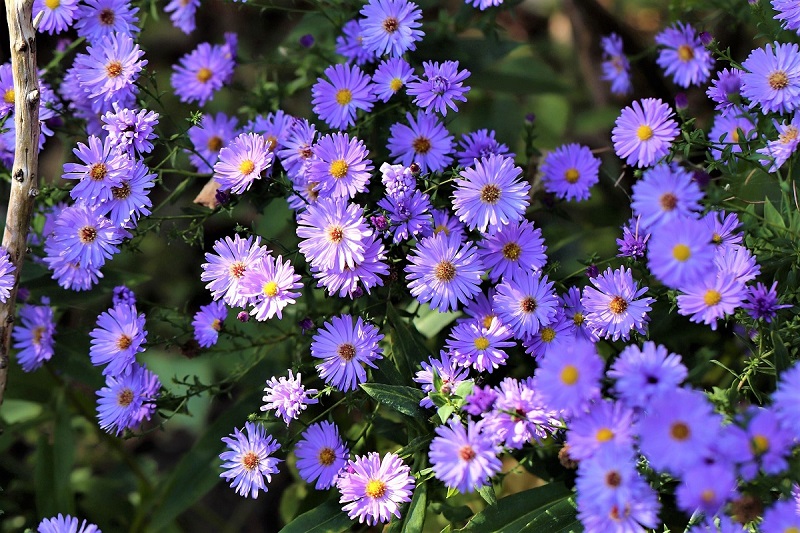
How to Grow Asters from Seed in Your Garden
Fortunately, nurserymen and plant breeders have been attracted to these wonderful plants and worked with them to produce some excellent hybrids. With more than 600 species in the Aster genus, you have a galaxy from which to choose the precise variety for your garden.
You can sow aster seeds outdoors in late spring or early summer. Many nurseries sell young plants in the fall, though your choice of varieties may be limited by then. If you want to plant asters in spring, online retailers offer a wider selection.
Most aster varieties prefer climates with cool, moist summers – especially cool night temperatures. In warmer climates, experts recommend planting asters in beds that are partially sheltered from the hot mid-day sun. The lovely perennials will thrive in moist, free-draining, loamy soil.
Below are a few tips on growing asters from seed in your garden.
Planting Asters
Prepare the planting site by working compost into the soil. Follow the seed spacing instructions for the variety you have selected. Plant the seeds accordingly. Many aster varieties require three inches of space between each plant. Cover each with about 1/8 inch of soil and moisten the bed with a fine mist of water from a spray bottle. Mulch the area to keep the soil cool and moist and free of weeds. Water the patch regularly.
Seedlings should sprout within seven to 21 days of sowing, depending on the variety you have chosen. You can start thinning the bed after the seedlings emerge, allowing the strongest specimens to stand 12 inches apart from each other.
Given their recent prairie provenance, asters are a perfect addition to any wildlife garden. Simply scatter the seeds over a wildflower bed and seedlings should emerge within a few weeks. Asters in full bloom will draw butterflies without fail.
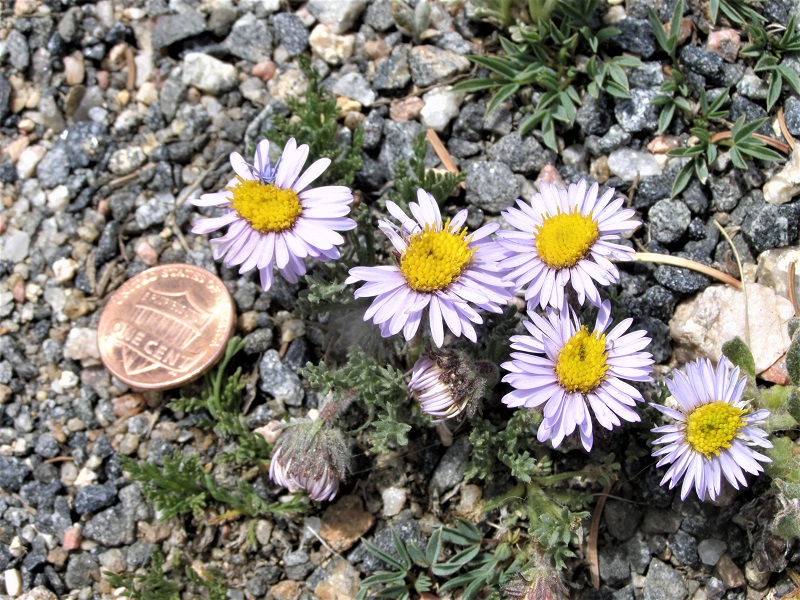
Care and Maintenance
Your plants will need about an inch of water a week. Keep in mind, however, that many aster varieties are sensitive to moisture. They will often lose their lower foliage – or otherwise not flower well – in environments with too little or too much moisture. Keep an eye out for any stressed plants. Try a different watering method if your plants begin to lose flowers.
Water only at the base of the plant. Do not splash the leaves. This is important. The aster is given to powdery mildew, which appear as white or grey chalky patches on the surface of the leaves. The fungus will spread and grow, eventually covering more of the leaf surface. Quickly remove and destroy affected foliage to prevent an unmanageable problem.
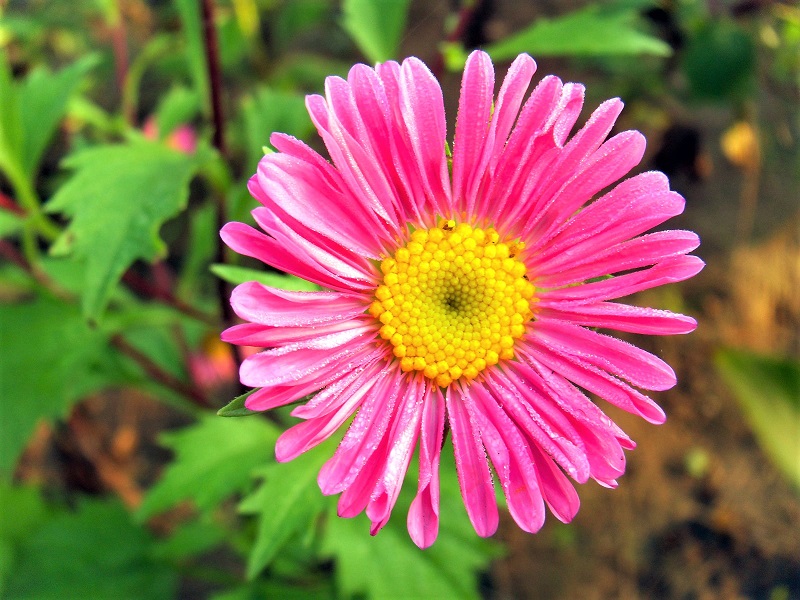
Asters do not require heavy doses of fertilizer once fully established. One-fourth to one-half cup of organic fertilizer early in the season may be all that is needed to keep your plants healthy. You can also add a shovelful of compost around plants in spring for best performance.
Are you ready to grow asters in your backyard?


